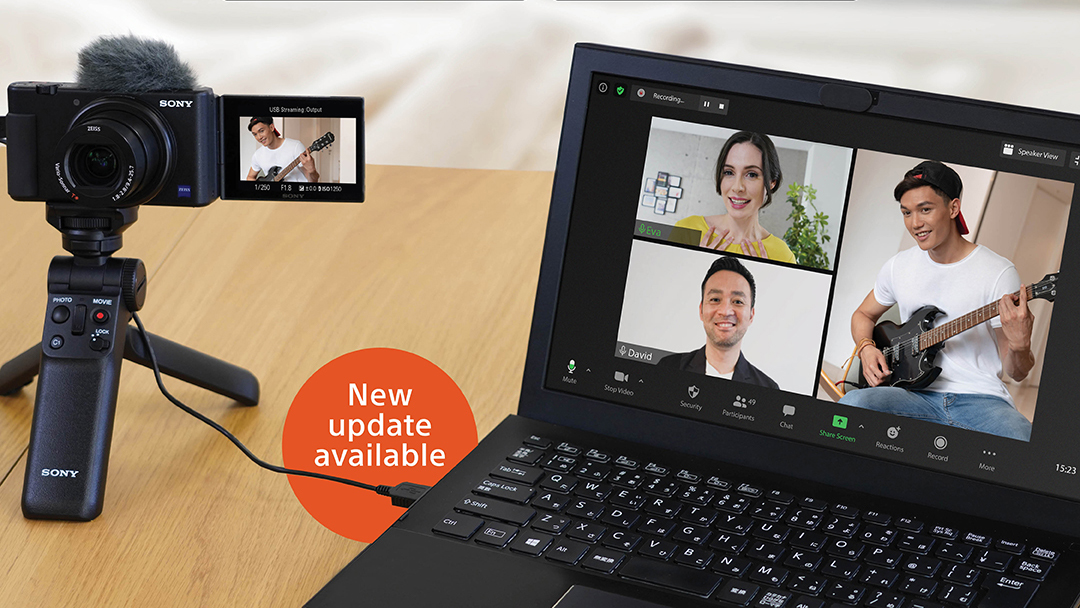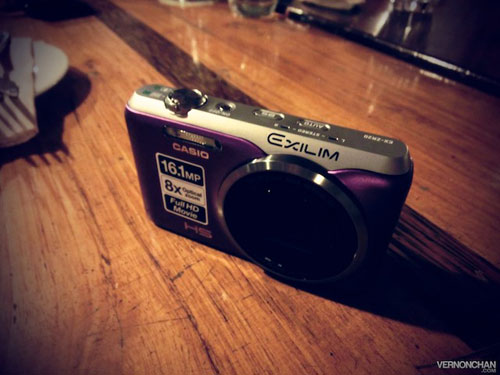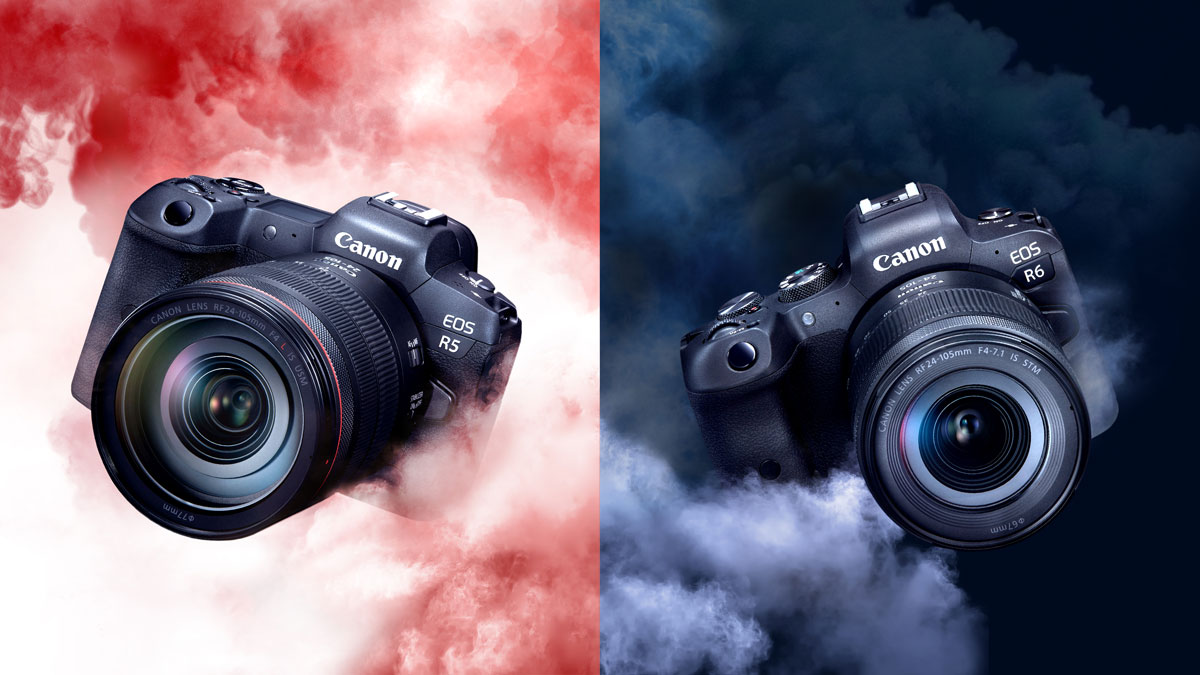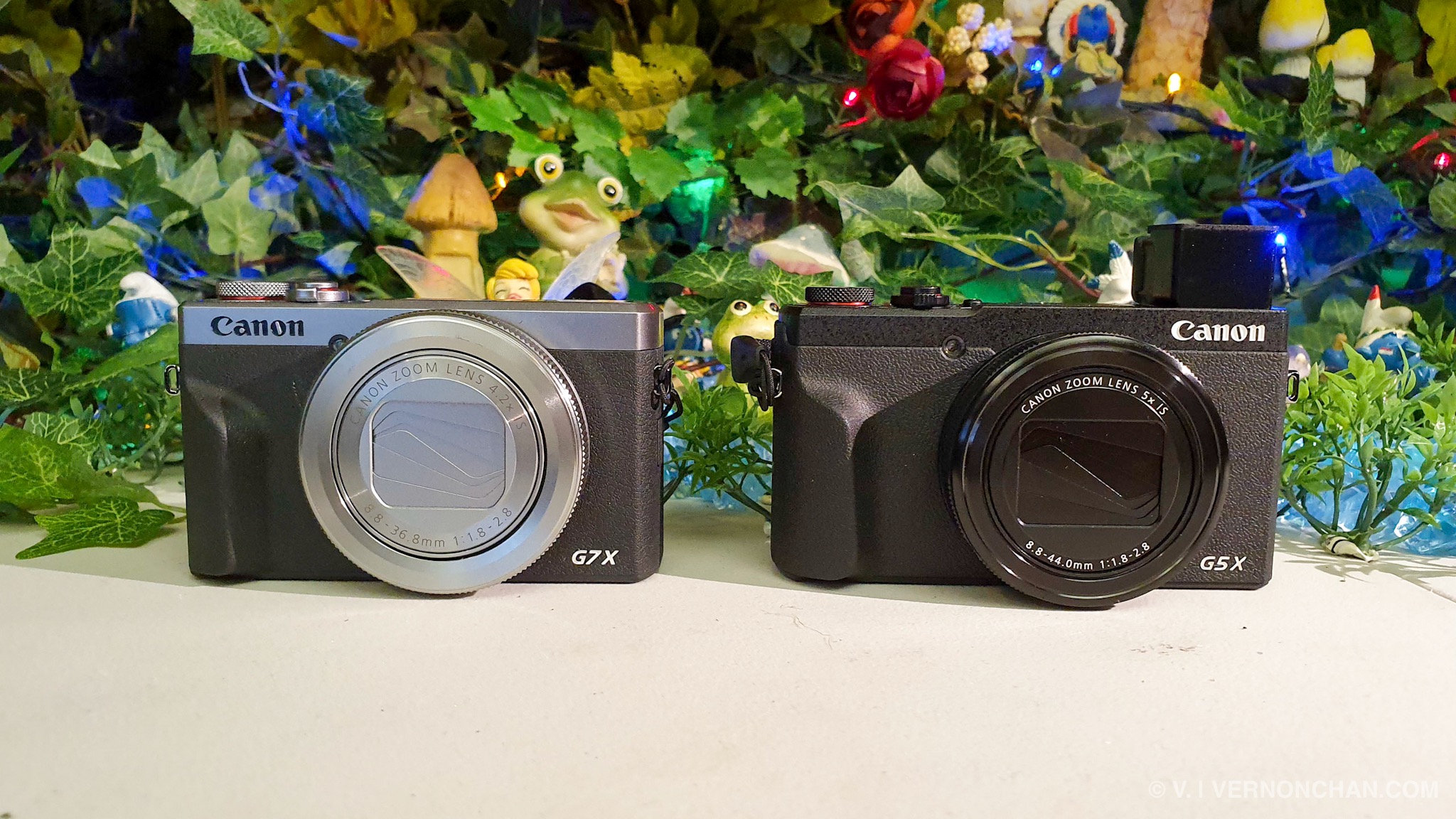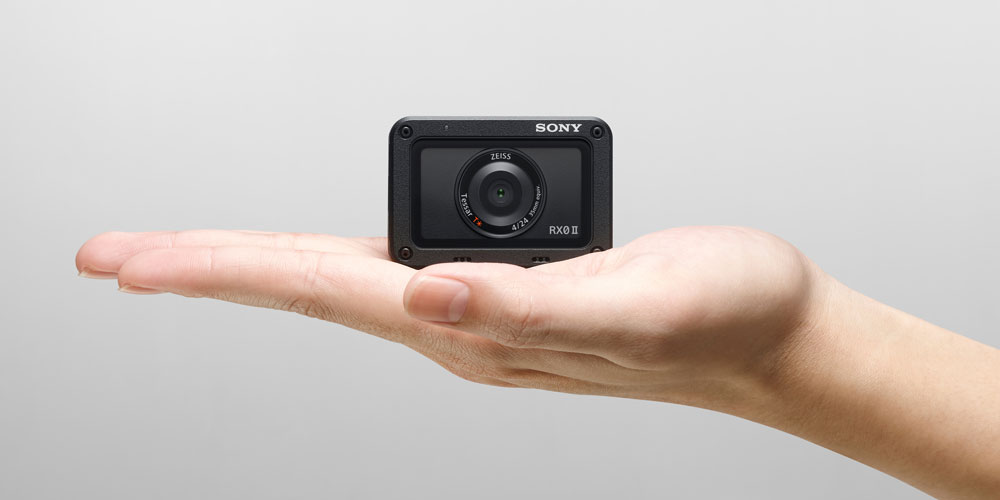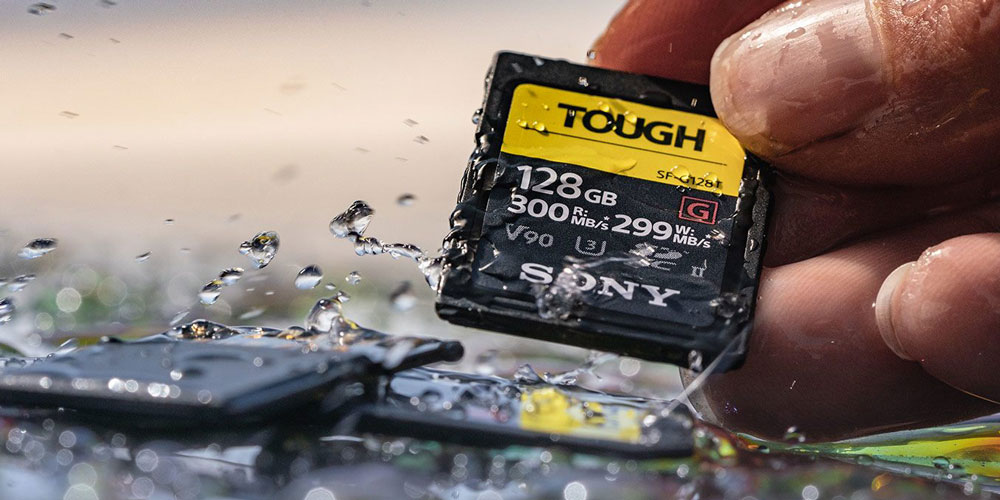At this point, many people are already convinced that the point-and-shoot market is more or less dead. It used to be a thriving market, especially in first world countries earlier this decade – when everyone was looking for the clearest, sharpest pictures, and wanted cameras that they can just pull out and snap a photo with at a moment’s notice with. They were handy for casual and social photography, which often involves taking photos of your friends or something interesting so you can share it with everyone else over the Internet.

The Fall of the Digital Still Camera
But then the smartphone happened, and many of them started coming equipped with cameras. Although it did take a few years for the playing field to even out, it became clear that smartphone cameras have become as good as digital cameras (some of them even surpassing them in terms of capabilities). How indeed can a single-purpose camera beat a smartphone that is capable of taking excellent pictures while making a myriad of other things possible, like photo editing, communicating via VoIP service, reading ebooks, and playing games?
How They Persevered
But the digital camera field is not quite ready to give up. There have been several developments in digital camera technology that make them covetable despite the surprising competition. The Nikon 1, for instance, has the looks and size of a digital camera, but it has incredible performance in terms of capturing photographs and you can swap lenses on it. It performs almost like a DSLR. Others followed suit, like Lumix and Leica.
These types of cameras are called mirrorless interchangeable lens cameras. These cameras have interchangeable lens mounts, and do not rely on mirrors for their image previews. They have combined the sharpness and flexibility of DSLRs with the compact form of point-and-shoot cameras.
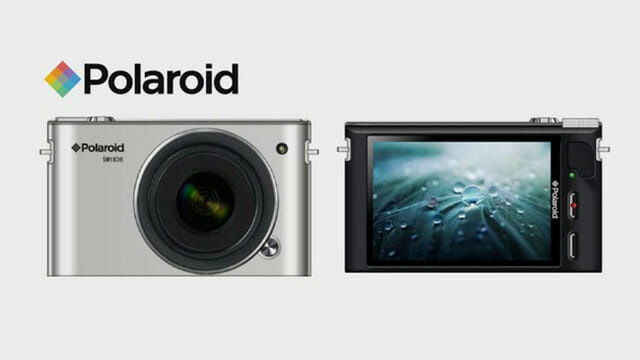
Polaroid and Android’s bet
And now Polaroid has come up with something different (at least, for Polaroid). Photographers, both amateur and professional, has debuted a digital camera that runs on Android OS at the recently concluded International Consumer Electronics Show 2013 (CES). This might not seem ambitious considering the way things are going; but since Polaroid had already filed for bankruptcy more than once, seeing that they have a new project can in fact be seen as impressive. Photographers are eyeing the developments warily, wondering if Polaroid can really do what they are promising. After all, while Polaroid is still rather synonymous with instant cameras, the most popular type of instant cameras these days are Fujifilm Instax.

The Polaroid iM1836 – the new Android-OS interchangeable lens camera is white and sleek, remarkably reminiscent of the Nikon 1 J2. A mirrorless camera, the lenses can also be changed according to the users’ needs. It certainly seems promising enough, the world’s first Android-powered interchangeable lens camera, going one up on the Samsung GALAXY camera.
The idea of having a camera that runs on Android isn’t too strange — Samsung has successfully done it with the popular Samsung GALAXY Camera. But it would be truly interesting to see what the experts at Polaroid are capable of doing with a mirrorless camera that runs on Android. If all goes well, it might provide competition for the Nikon mirrorless. But that remains to be seen.


